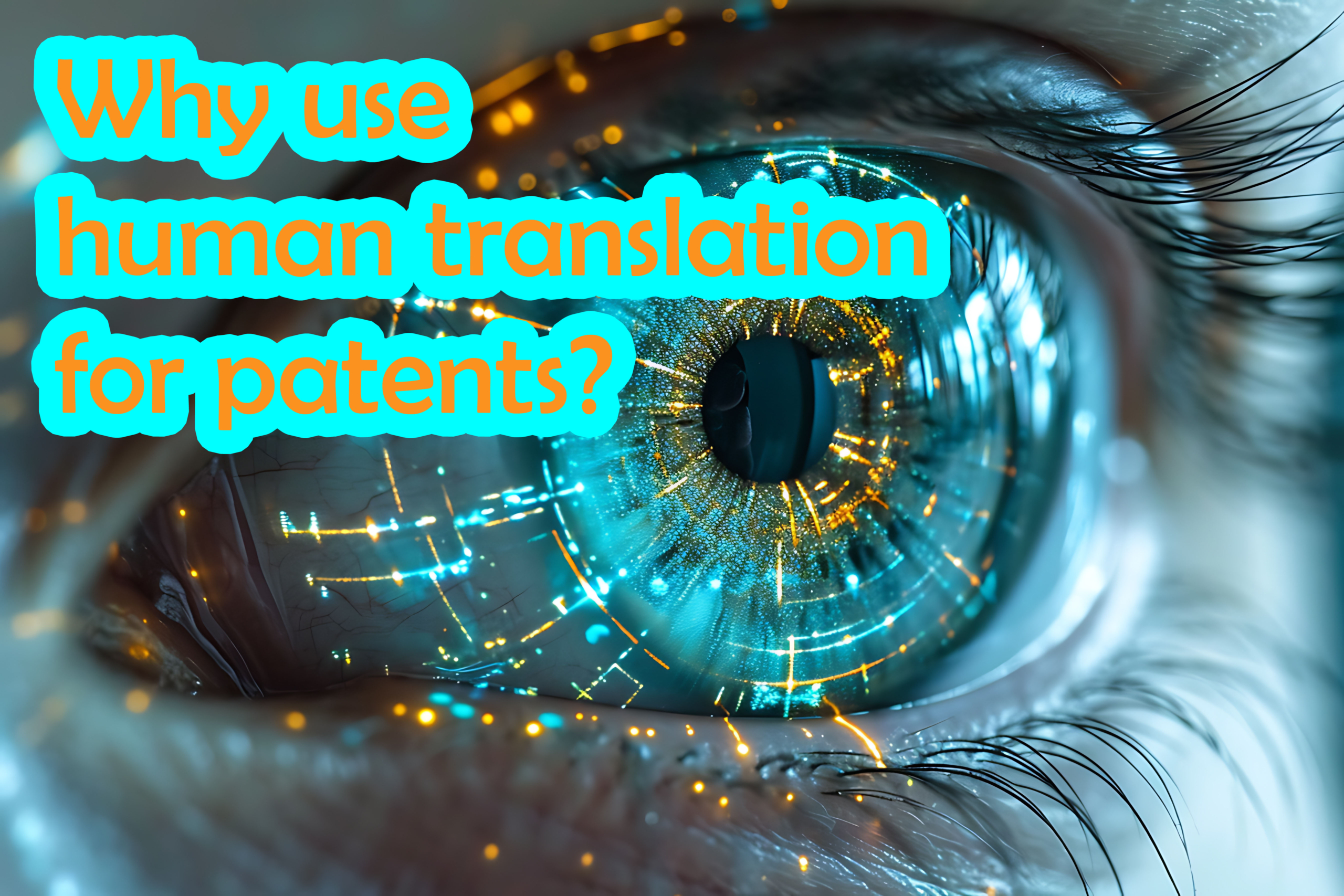Why use human translation for patents?
Shortfalls of machine translation
The World Intellectual Property Organisation (WIPO) still employs human translators for translating patent documents. They undoubtedly have very good reasons to do so, as do we.
Although there is definitely a place for machine translation in this day and age, it is nonetheless just a tool and cannot replace the need for human translation.
One important reason is liability. When a machine mistranslates something or makes any manner of errors, a machine is not going to bear any legal liability with respect to your patent documents. However, if you want a professional team of translators to put their proverbial rubber stamp on a translation, then they will at least need to check and sign off on the translated work – and that requires cognitive work and time.
Another shortfall of machine translation has to do with security concerns. It is important to know who has control and access to machines and how they operate. Using open-access tools will often run the risk of making sensitive information (intellectual property) public. It is for this reason that not even WIPO allows use of its Patentscope tools for its published translated patent documents. With proprietary machine translation tools, it is important to understand how your sensitive information might be used to train models and build corpora / translation memory, which may continue to exist on company computers and/or cloud servers in perpetuity, with little to no oversight, transparency, permission or security.
The human touch
It is not uncommon when translating patent documents that we, translators, will come across unintentional errors in a text. One of the benefits of human translators is that we can query suspected errors and find/negotiate solutions to problems that go beyond run-of-the-mill translation. In this respect, we provide a level and breadth of quality control.
Examples of common/typical errors which only human translators are currently able to negotiate include (but are not limited to):
- logical inconsistencies in texts (where a passage simply does not make sense);
- citation errors (where prior art documents are misquoted and/or misnamed);
- typographical or syntax errors (which will often require an overview and wider cross-referencing with other application documents to provide clarification);
- unclearly worded passages/terms (which again may require either client consultation or broader reading of the application documents and/or patent family);
- terminology inconsistencies in the source text (where different reference signs or terms are used to refer to the same thing, albeit with this not always being obvious);
- omissions (e.g. of part-sentences, reference signs).
When at the prefiling stage, this human quality control check could actually help contribute to a successful application by allowing amendments to be made at this early stage. PCT/EPO rules and guidelines require that the description and claims are clear and formulated in a particular way.
Even beyond quality control, it is important for the patent translator to be able to transcend syntax and understand an invention/technology in the real world. Not only does a translation need to make sense in terms of syntax, but also to make sense per se. Human reason is what will help and is particularly important with unclearly or ambiguously worded patent texts.
In any patent document, we as your human translators will be able to apply ‘reason’ by going beyond the immediate text, for example, to consult the drawings (seeing how the description, claims and drawings correspond in order to better understand a given passage), research the IPC and patent family for broader context, consult the client/applicant where prudent, research relevant already translated documents, review relevant prior art documents and apply real-world logic.
Significantly, all of the above actions are a ‘must’ in any case when editing/checking already pre-translated (be that by human or machine) documents. There simply is no getting around the need for human translators. The stakes are often too great.



Leave a Reply
Want to join the discussion?Feel free to contribute!